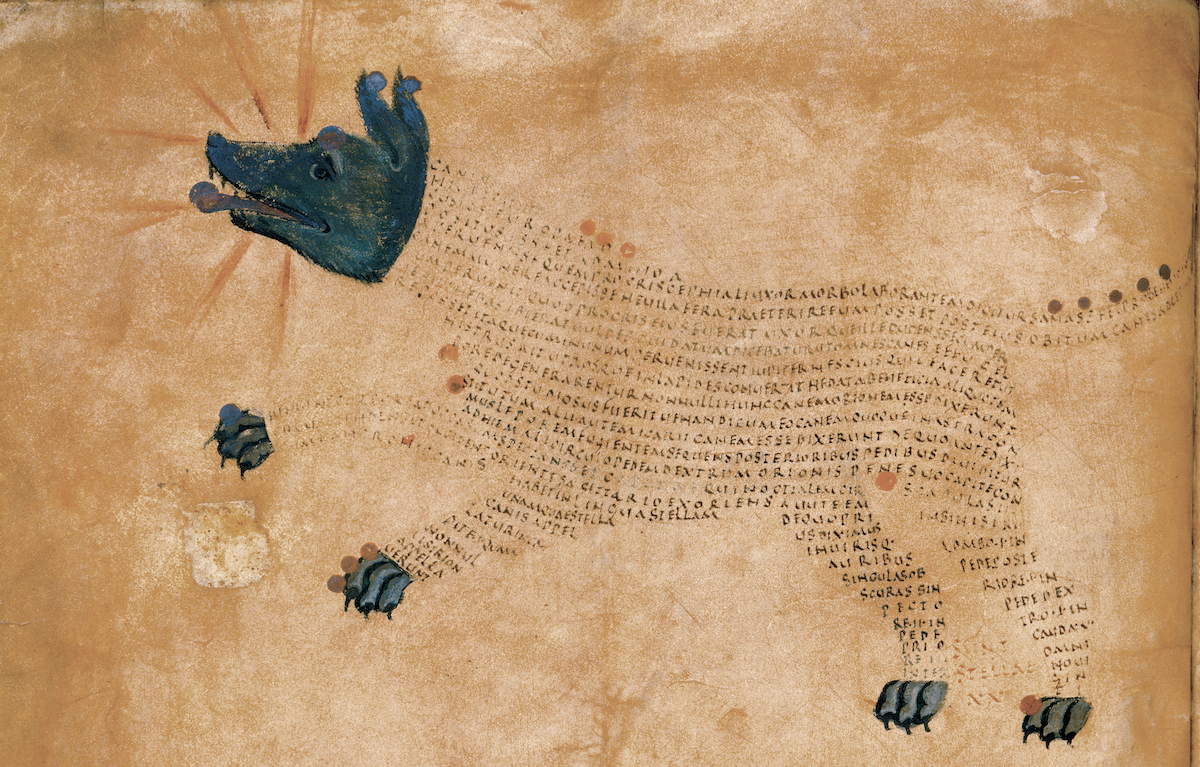The Dog Days of Medieval Summer
For those learned in medieval medicine and astronomy, the dog days of July heralded dangerous times.

As July approaches, some people look forward with anticipation to the heat of summer, others regard it with something closer to dread. Summers in Britain are getting hotter, with heat records repeatedly broken over the past few years, and for some the health consequences of sustained high temperatures can be serious. Any medieval physician could have warned you that summer heat is not something to treat lightly; as they thought about it, July and August were perhaps the most dangerous time of year for human health.
This was because mid-July sees the beginning of the dog days of summer, which take their name from the period when the Dog Star Sirius, brightest in the night sky, is visible above the horizon. Since ancient times this change in the heavens has been associated with a perilous season on the earth: in Greek and Roman astronomy, the sultry dog days were believed to be a time of plague, fevers and physical lethargy. In the Iliad the Dog Star is ‘a portent of suffering, bringing with it fever for wretched mortals’.
